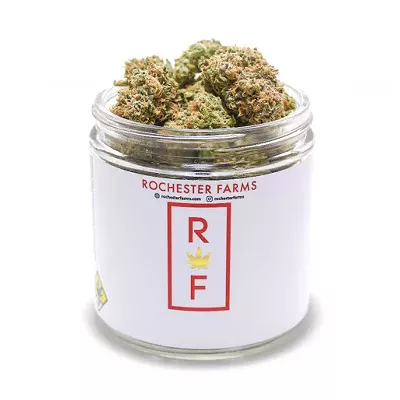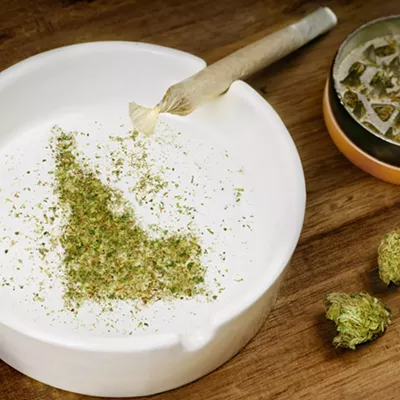The names of strains often hint at their aroma or potency — Sour Diesel, White Cookies, Valley Fire, for instance — but up until now, there was not a solid scientific foundation for what makes each one unique.
That's starting to change.
Mark Lange, a professor at the Institute of Biological Chemistry at Washington State University, and his research team have just published their research that will help develop a better understanding of different types of cannabis through analysis of their chemical makeup.
With the legalization of marijuana, it has become more important to develop a scientific understanding of what makes these products different so consumers can make informed decisions, Lange says.
"I realized that there are so many challenges in this industry and I got interested in finding out more about the things they don't measure," Lange says. "Then it became obvious that there are a lot of things they can't measure and look at, and that is what sparked this project."
Lange and his team primarily focused on measuring cannabinoids, which are groups of closely related compounds in cannabis, and terpenoids, which are a class of natural products.
"[Terpenoids] are extremely diverse," Lange says. "There's probably 50,000 or so known terpenoids that have been isolated and characterized. Depending on their size and chemical makeup, they can be really small and volatile ... and those are the ones you can smell and in this particular study are what we focused on."
An incentive for this study was finding out how terpenoids affect different strains of cannabis. They looked at nine different ones over the course of the study: Blackberry Kush, Black Lime, Canna Tsu, Mama Thai, Valley Fire, Cherry Chem, Terple, Sour Diesel and White Cookies.
"The decision of the strains we were looking at was based off trying to capture the diversity. So, we looked at strains that are high and low in THC, strains that had CBD in them, which is something people are now starting to put in a lot of different formulations, and then we also looked at some that had a purely defined origin," Lange says. "Through this we were able to completely differentiate all the different strains."
It took years to figure out how to do this study legally. All of the lab work had to be done without any association to WSU. This placed a huge hurdle in front of Lange and his team because everything from the physical lab all the way down to the beakers could not have anything to do with the university, forcing them to do all their experimenting externally.
In the end the project was funded by private individuals, and the lab work was done in Oregon.
However, as they worked, regulations changed and they were able to get some hands-on work done for the project through cloned DNA of the plant.
The research consisted of chemical analysis of both compound classes as well as genes and their structures, Lange says. This analysis allowed them to look at how a plant grows and develops from seed to end product as well as how cannabinoids and terpenoids develop in the plant. In the future the hope is that this research will allow for better regulation of the plants.
Ultimately this research was able to show the chemical makeup of cannabis and will allow people to see and understand the difference in the strains they are purchasing.
"I would hope that when reading this people will agree with our outcome — that we need to put the industry on a more solid scientific foundation," Lange says. "If you go to a dispensary and buy product, you should be confident that what the budtender is giving you is what they say it is." ♦


















